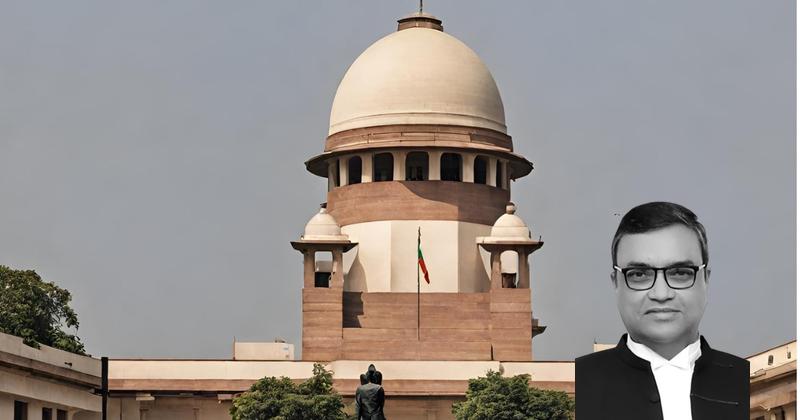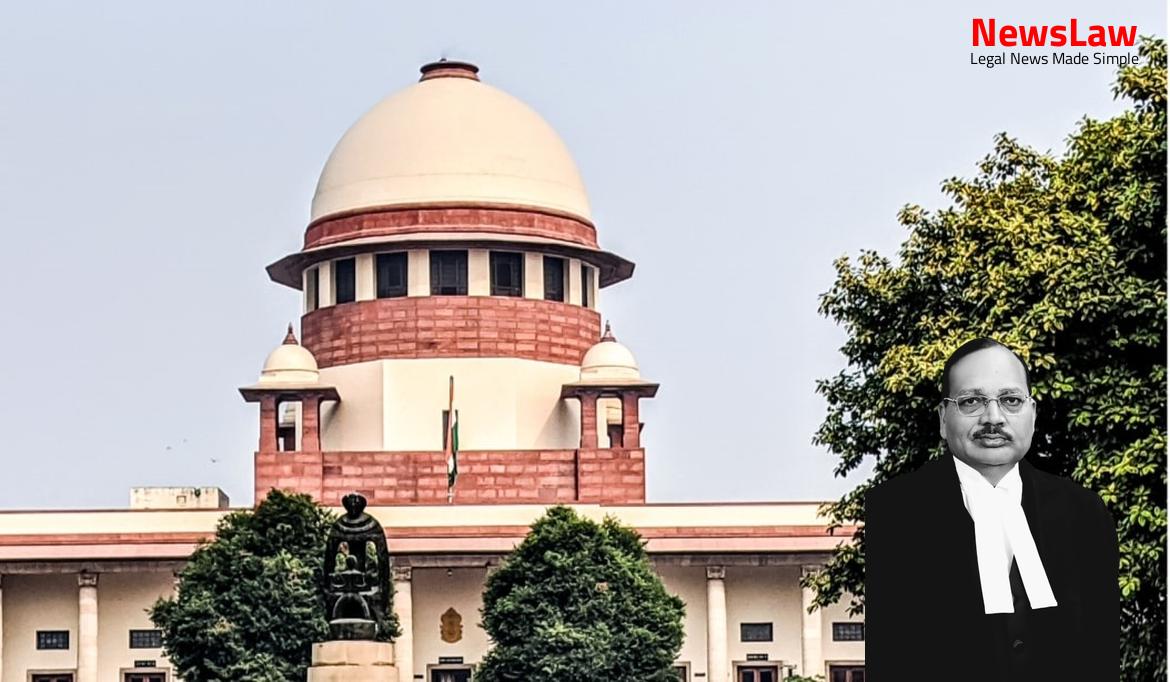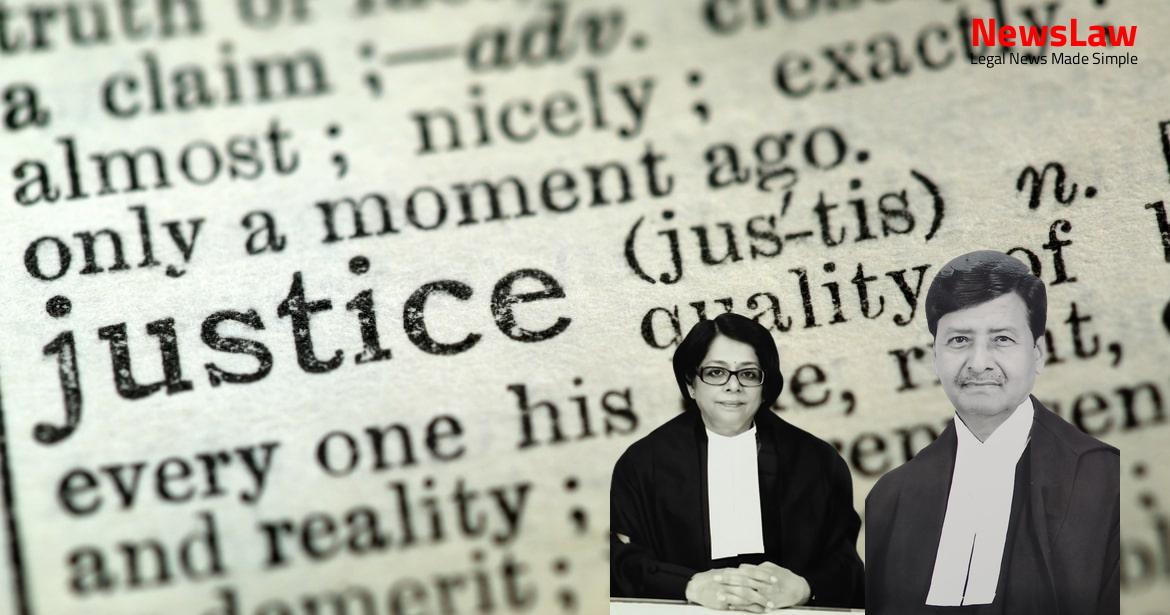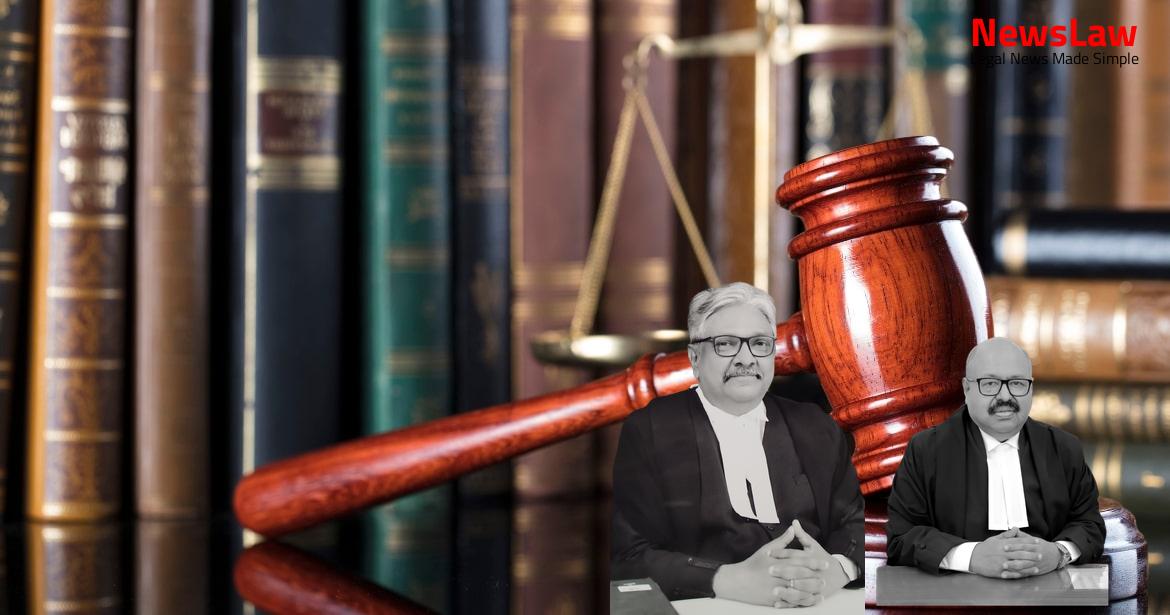These appeals, under Section 22 of the National Green Tribunal Act, 2010 (hereafter ‘NGT Act’) and appeals by special leave, question various orders of the National Green Tribunal which directed that the Nagar Palika Parishad, Mandsaur (hereafter ‘Parishad’), should desist from granting sanction to develop and construct properties in the vicinity of the “ Teliya Talab ” (hereafter ‘ talab’ ), a man-made lake or reservoir in the city of Mandsaur.
Also Read: https://newslaw.in/supreme-court/legal-analysis-of-claim-for-loss-of-profit-in-delayed-contract/
The NGT, by its order dated 17.02.2016 (referred to hereafter as ‘the main order’) took note of the Parishad’s reply, as well as that of the TCD and relied on a ‘revenue trace map’ to say that the “Maximum Water Line” (hereafter ‘MWL’) had been shown and the land over which construction permission was given, i.e., Khasra. The society filed a suit, which was decreed by the trial court ; the state’s appeal was dismissed and its second appeal before the Madhya Pradesh High Court, met the same fate, i.e., dismissal. The material portion of that order reads as follows: “the aforesaid investigation team got the demarcation done vide the Land Record District Mandsaur Letter Number 1316/ MP/2016 dated 18-05-2016 and from team comprising 21 officers/employees on 04-06-2016 and 06-06- 2016 and punching, report and map were submitted.
(Maximum Water Level)
Limit signs which are mentioned in Green ink and the demarcation map of MWL limits of Telia Talab in the report of Investigation Team, as the colonies situated outside the Signs are not submerged and hence, construction permission can be given to the colonies situated outside the signs. It was stated, however, that the Board had issued notice to the Parishad from time to time to comply with provisions of the Water (Prevention and Control of Pollution) Act 1974 (hereafter ‘Water Act’).
the NGT severely chastised the State, the Parishad, and district revenue authorities, and directed them to immediately proceed to demarcate the water body and the area which was previously within the area of the water body, to ensure that it was not reduced in any manner. The state’s appeal was rejected; the first appellate court noted the state’s stand, which was contradictory, i.e., that the lands fell in the submergence area, and at the same time, that they were required for some construction.
Yogeshwaran, learned Additional Advocate General (AAG) for Madhya Pradesh, appeared for the TCD and the Parishad respectively; and Mr. Saurabh Mishra, AAG, appeared for the state of Madhya Pradesh.
Learned counsel submitted that after much inter-departmental correspondence between the Sub-Divisional Officer of Mandsaur, the Parishad and the Water Resources Department, as well as the Collector, finally a letter was addressed by the Sub-Divisional Officer, to the Collector, on 31.01.2022, which disclosed that the map shown to the NGT, based on which, it made its orders was “not originally a map, but a proposed map to depict a situation if the FTL of Teliya Talab were to be increased by one feet and which only bore the signature of Shri. Badgotia, Sub Divisional Officer, of the Water Resources Department, is not the original Map but only is descriptive of the proposal in the year 2002 to increase the height of the dam by one feet. Learned counsel also submit that the very same issue, about the boundaries of the Teliya Talab is again the subject matter of another litigation before the NGT (i.e., Abhay Kumar Akolkar v. It is urged by them, the map of 1973-74, relied on by the NGT, was supplied by the Parishad, which cannot now resile from its stand. Procedure and powers of Tribunal— (1) The Tribunal shall not be bound by the procedure laid down by the Code of Civil Procedure, 1908 (5 of 1908) but shall be guided by the principles of natural justice. (4) The Tribunal shall have, for the purposes of its discharging functions under this Act, the same powers as are vested in a civil court under the Code of Civil Procedure, 1908 (5 of 1908), while trying a suit, in respect of the following matters, namely— (a) summoning and enforcing the attendance of any person and examining him on oath; (b) requiring the discovery and production of documents; (c) receiving evidence on affidavits; (d) subject to the provisions of Sections 123 and 124 of the Indian Evidence Act, 1872 (1 of 1872), requisitioning any public record or document or copy of such record or document from any office; (e) issuing commissions for the examination of witnesses or documents; (f) reviewing its decision; (g) dismissing an application for default or deciding it ex parte; (h) setting aside any order of dismissal of any application for default or any order passed by it ex parte; (i) pass an interim order (including granting an injunction or stay) after providing the parties concerned an opportunity to be heard, on any application made or appeal filed under this Act; (j) pass an order requiring any person to cease and desist from committing or causing any violation of any (5) All proceedings before the Tribunal shall be deemed to be the judicial proceedings within the meaning of Sections 193, 219 and 228 for the purposes of Section 196 of the Indian Penal Code (45 of 1860) and the Tribunal shall be deemed to be a civil court for the purposes of Section 195 and Chapter XXVI of the Code of Criminal Procedure, 1973 (2 of 1974).” A plain reading of Section 19 clarifies that though not bound by the Code of Civil Procedure, the NGT is nevertheless bound by principles of natural justice.
It is too well settled that parties are bound by the principle of finality, which results in a decree by a competent court, acquiring a final and binding nature, especially where it is confirmed concurrently and upheld by the highest court of the land. State of W.B., (1997) 2 CHN 140] treating it to be a Division Bench judgment of the Calcutta High Court when as a matter of fact the decision in Ganga Dhar Singh case [Ganga Dhar Singh v.
If the rights of the parties had already been crystallised then, in our opinion, subsequent change in law would not take away such rights which had attained finality due to lis coming to an end inter se the parties prior to such change.” In another judgment, pertinent to the facts of this case, the state invoked its revisional power to nullify the effect of orders which had attained finality and were inuring in favour of private parties. … Use of the words ‘at any time’ in sub-section (4) of Section 50-B of the Act only indicates that no specific period of limitation is prescribed within which the suo motu power could be exercised reckoning or starting from a particular date advisedly and contextually.
If one has to simply proceed on the basis of the dictionary meaning of the words ‘at any time’, the suo motu power under sub-section (4) of Section 50-B of the Act could be exercised even after decades and then it would lead to anomalous position leading to uncertainty and complications seriously affecting the rights of the parties, that too, over immovable properties. The history of the previous litigation – which the NGT was seized with – reveals that the land forming part of Khasra No 1248, owned by the society, was directly in issue in a litigation to which the state was a party, and in which it lost. In these circumstances, it would be appropriate that the other appeals too are allowed, and the NGT considers the issue, afresh in O.A. (b) All other appeals are allowed with the direction that the NGT shall consider the question of precise boundaries of the talab, after considering the report of a committee, in the pending proceedings, i.e., O.A. The NGT shall thereafter hear all parties, and consider their submissions, while rendering final order.
Case Title: SHRAMJEEVI COOPERATIVE HOUSING SOCIETY LTD. Vs. DINESH JOSHI . (2023 INSC 275)
Case Number: C.A. No.-005328-005329 / 2016



